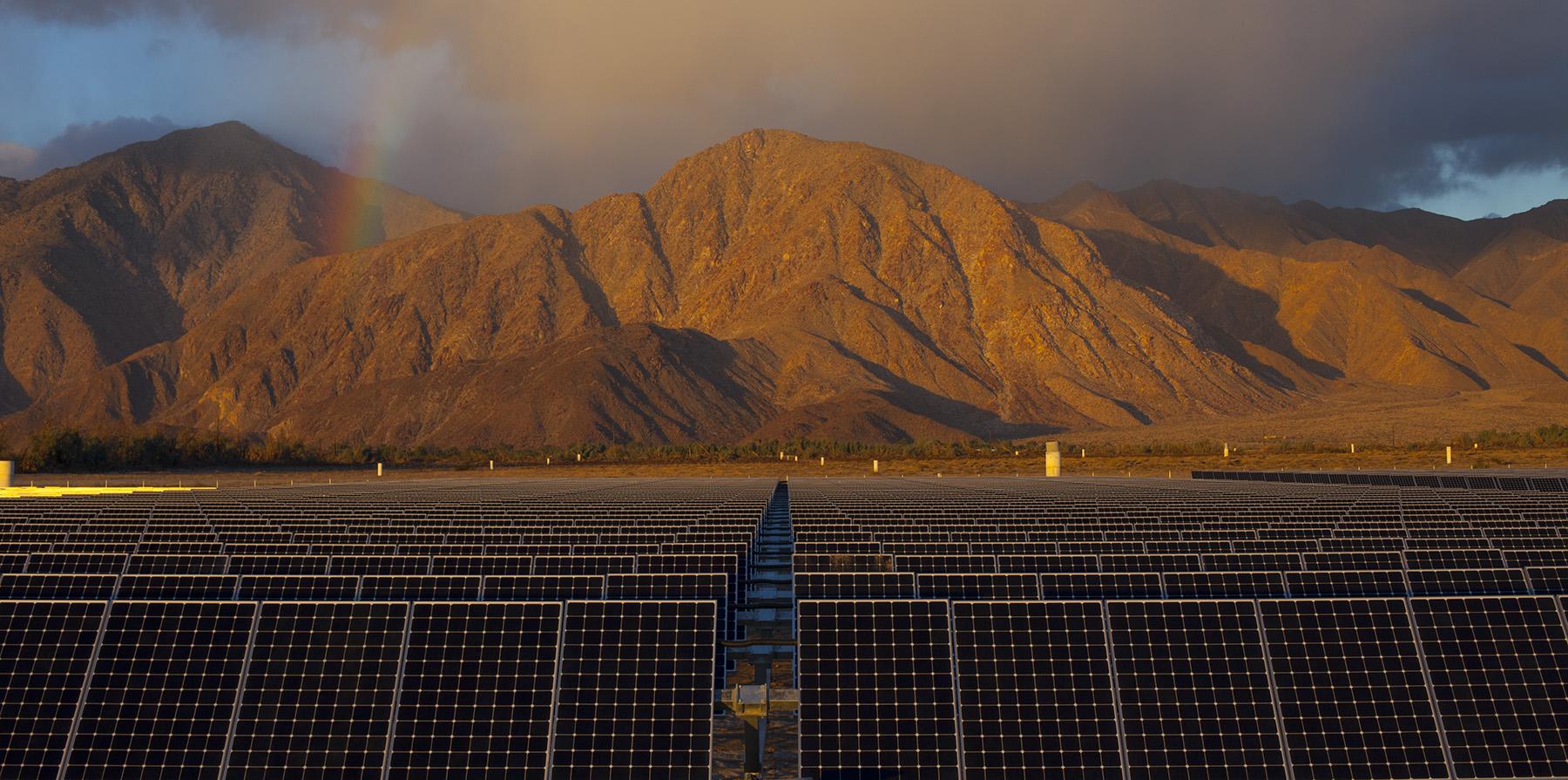By Alex Yamron | Mon, July 27, 15
In the last several months, Massachusetts has announced a $10 million storage initiative, issued an RFP for a study of storage’s potential in the state, and named energy storage expert Judith Judson as Commissioner of the Department of Energy Resources (DOER), making it clear that the Commonwealth considers storage a foundational part of its grid modernization efforts over the next decade.
These efforts include orders to optimize demand, reduce system and customer costs, reduce the frequency of and effect of power outages, and integrate more distributed renewables into the grid (more on the state’s summer of storage here). Battery storage has the capability to fulfill all of these purposes and facilitate the transformation of the electric grid to a modern, greener, more reliable system.
To facilitate learning and dialog around the opportunities and regulatory challenges of storage, the Massachusetts Department of Public Utilities (DPU) organized a stakeholder conference on energy storage on July 9. DPU commissioners and staff were joined by colleagues from DOER and Massachusetts Clean Energy Center to hear about the current state of the industry and barriers to growth as the state solicits proposals to promote storage.
The conference featured panelists from utilities, battery-technology companies, energy producers, solar companies, and other industry professionals. Some provided previews of experimental battery technologies, such as vanadium redox or liquid metal. Some were storage providers or energy companies touting recently-completed commercial projects.
One common theme was a desire for a stable regulatory structure that would allow for monetization of the many functions of storage so that all involved can be compensated fairly. Once that happens, all the pieces of a burgeoning regional storage industry will be in place.
Storage Key to Grid of the Future
For the last 100 years, electric utilities have planned their infrastructure investments to ensure meeting peak loads, which are reached for just a few days and hours each year. Expensive natural gas or oil peaking plants, which are seldom used but built “just in case,” are seen as the cost of doing business and are paid for by ratepayers even though most of the time they sit idle.
New England has over 31 GW of contracted power capacity, but in 2013 electricity demand rarely exceeded 22 GW. With projected energy efficiency, total electric loads are projected to remain flat, but peak demand will still rise, which would ordinarily mean more expensive generation and higher electric rates. Deployment of large-scale energy storage has the potential to break this cycle of increasing infrastructure needs necessitating increased rates. The price of lithium, a key component of many batteries, has fallen 14 percent per year since 2007, and is forecast to keep falling for the foreseeable future as recent technology breakthroughs enter the marketplace.
The Multiple Benefits of Battery Storage
 Battery storage is viewed as a key component to facilitate more intermittent resources such as solar and wind power. It also makes traditional energy sources operate more efficiently, and benefits customers and energy distribution companies as well. Storage can:
Battery storage is viewed as a key component to facilitate more intermittent resources such as solar and wind power. It also makes traditional energy sources operate more efficiently, and benefits customers and energy distribution companies as well. Storage can:
- Provide additional supply at times of peak demand, which is much more economical than expensive peak generation plants;
- Offload power during times of low demand, reducing system loss;
- Provide temporary backup power in the case of grid outages, improving grid reliability;
- Turn on instantly while other generation sources are ramping up or down to prevent grid interruption;
- Regulate frequency and voltage, grid services that have real costs for utilities;
- Be scaled up economically to any size necessary and can be deployed anywhere;
- Meet demand with no water use or carbon emissions, which is good for the planet and reduces costs; and
- Improve grid asset utilization by meeting demand load with fewer generation and transmission resources sitting idle.
The microgrid in Borrego Springs, California, shows the impact storage can have on the reliability of the electric grid. When lightning hit the only transmission line leading to this isolated community, replacing three transmission poles would normally require a 10-hour outage. Instead, battery storage allowed the community to be powered all day by a nearby solar farm and distributed generation, only experiencing an outage of a few minutes as the town was switched back to the repaired transmission feed. Storage is essential to grid reliability in an increasingly renewable-powered world.
Regulatory Challenges
Since battery storage provides such a variety of grid services, more so even than previous forms of energy storage, regulation in most states does not yet adequately capture its benefits. Sometimes it serves in place of generation, sometimes as load, and sometimes as a frequency and voltage regulator. These services have all historically been compensated in different ways. If each service is taken individually, batteries are not the least-cost option, a relevant consideration in such a regulated industry. Utilities are reluctant to pay the still-high costs of the batteries without a guarantee of fair compensation.
Customers and third-party providers do not yet have favorable incentives for storage either. Consumers do not yet have a way of being compensated by utilities for the grid services that their connected home batteries provide, and the energy they sell back to the grid is balanced out by the energy they take from it to charge the battery, preventing them from saving money under current net metering rules (although time-of-use rates could change this).
Incentives need to be changed in order to push storage to be used most effectively and compensate its owners for that effectiveness. The PJM System Operator has begun paying a higher premium for frequency regulation with a quicker response, an example of a policy that properly values contributions that batteries make to the grid.
Even in the absence of storage-centered regulation, several companies are already building battery storage capacity in Massachusetts. SolarCity and Direct Energy Business have partnered to install solar + storage on the roofs of two BJ’s Wholesale Club stores in Framingham and Dedham. Premium Power is building two fully integrated storage systems, a 500 kW unit integrated into a solar PV array in Everett and another 500 kW unit co-sited with a wind turbine in Worcester.
Facilitating the Efficient Use of Energy
Energy efficiency as we think of it has typically been viewed from the perspective of the end-user: how can we do the same tasks while using less energy? This involves minimizing energy lost through inefficient lighting, through the uninsulated walls of buildings, to device chargers when they are left plugged in.
While storage can be installed at the customer site, when considered as a part of smart grid infrastructure, it is the grid operator and utility companies that ask: how do we ensure that all the energy that we generate gets used by customers when they need it? This involves distributing our energy generation facilities, storing the surplus energy they produce rather than rejecting it, and targeting our energy efficiency measures to ease local strains on power demand. Storage is another tool that utilities and policymakers can use to support the efficient use of energy on a large scale — thus fostering progress towards broader societal and environmental goals.
 Alex Yamron is an intern with the EM&V forum and Public Policy team at NEEP. He is studying economics with a minor in environmental studies at Georgetown University, in the Class of 2017.
Alex Yamron is an intern with the EM&V forum and Public Policy team at NEEP. He is studying economics with a minor in environmental studies at Georgetown University, in the Class of 2017.